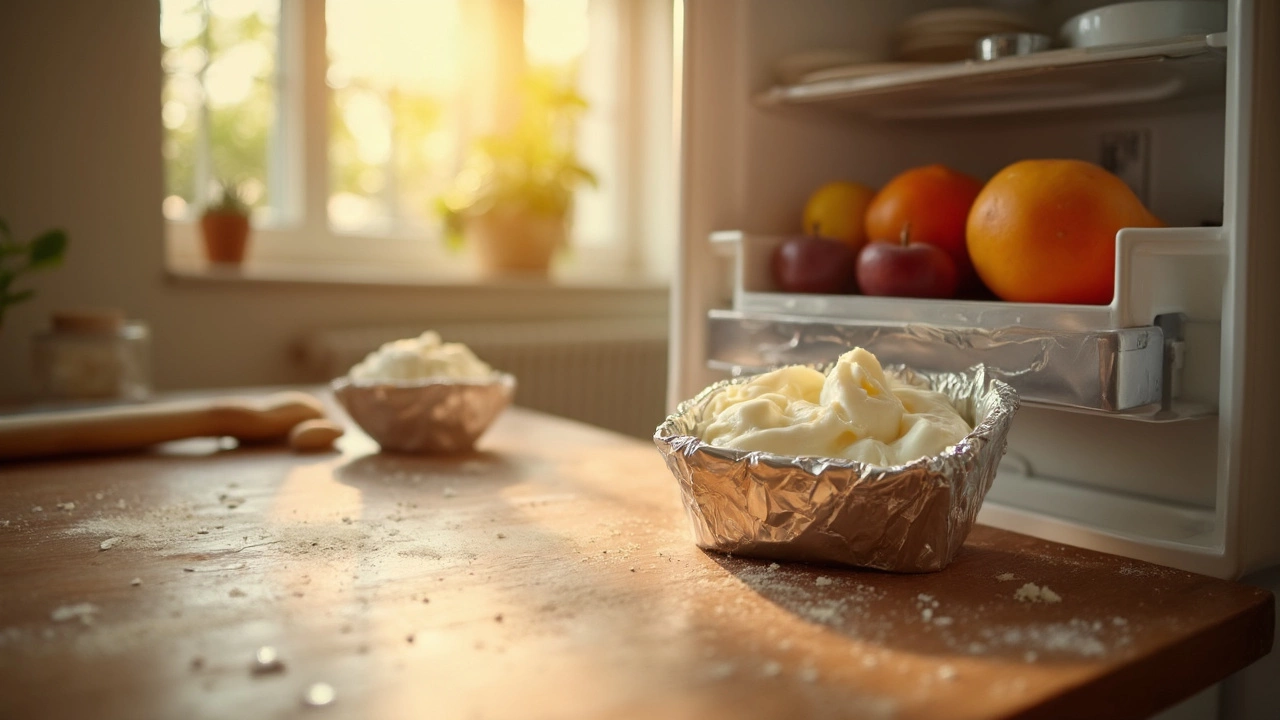Cream Cheese Tips: Quick Tricks for Better Desserts
If you’ve ever tried to frost a cake with cream cheese and ended up with a grainy mess, you’re not alone. The good news? A few simple moves can turn any block of cream cheese into silky, spread‑ready goodness. Below are the top cream cheese tips you can start using right now.
Softening Without a Microwave
Cold cream cheese is hard to mix and will make your frosting lumpy. The easiest way to soften it is to let it sit at room temperature for 30‑45 minutes. If you’re in a rush, cut the block into small cubes and spread them on a plate. The extra surface area speeds up warming, and you avoid overheating that can make the cheese separate.
Another quick trick: place the cubed cheese in a sealed zip‑lock bag and submerge the bag in warm (not hot) water for a few minutes. Shake gently, then dry the bag before opening. The cheese will be pliable enough for a smooth blend.
Keeping Cream Cheese Smooth
Grainy frosting is usually a result of over‑mixing or adding cold ingredients. Start with softened cream cheese, then beat in butter or powdered sugar on low speed. Once the mixture looks creamy, increase to medium and add the rest of the sugar gradually. This prevents the fat from separating.
If you notice a few lumps, run the frosting through a fine‑mesh sieve or give it a quick whirl in a food processor. The extra pass smooths out any stubborn grain without adding more ingredients.
Avoiding Curdling in Cheesecakes
When you bake a cheesecake, curdling is the last thing you want. The secret is gentle heat and steady mixing. Beat the cream cheese just until smooth—no need for a fluffy texture. Then fold in the eggs one at a time, scraping the bowl each time. Over‑beating incorporates too much air, which expands in the oven and makes the cake crack.
Also, avoid a sudden temperature change. If your batter is chilly, let it sit for a few minutes before pouring it into a hot water bath. This gradual warm‑up keeps the proteins from tightening up too quickly.
Flavor Boosters You Didn’t Know You Needed
Plain cream cheese is a blank canvas, but a little extra can make it pop. Add a teaspoon of vanilla extract, a pinch of lemon zest, or a splash of espresso for a subtle kick. For fruity frosting, blend in fresh strawberries, raspberries, or a spoonful of mango puree. The fruit’s natural juice adds moisture and a fresh taste without messing up the texture.
If you prefer a salty‑sweet combo, stir in a touch of sea salt or a drizzle of caramel sauce. The contrast makes the frosting taste richer and keeps the palate interested.
Storage Made Simple
Leftover cream cheese frosting can sit in the fridge for up to five days. Keep it in an airtight container and let it soften again before using. If you need it sooner, a quick 10‑second zap in the microwave (or the warm‑water bag method) brings it back to spreadable perfection.
For longer storage, freeze the frosting in a sealed bag for up to three months. Thaw it in the fridge overnight, then give it a quick stir before spreading.
These cream cheese tips take the guesswork out of frosting, cheesecakes, and even savory dips. With a bit of planning and the right techniques, you’ll get smooth, flavorful results every time. Give them a try on your next bake and see how easy it can be to turn a simple ingredient into a star performer.

Freezing Cream Cheese: What Happens Next?
Ever wondered what happens when you freeze cream cheese? The texture changes, affecting its creamy consistency, but it can still be used in various recipes. Discover how to properly freeze cream cheese, what adjustments to make when using it frozen, and tips for maximizing its lifespan and quality. Freezing cream cheese doesn't have to be a mystery.
View More




